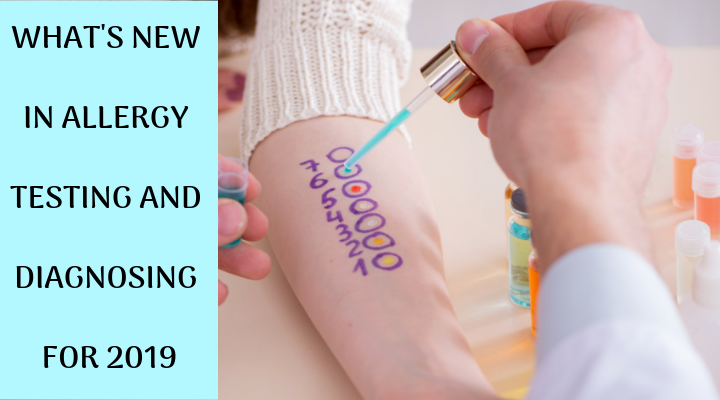An allergy usually occurs as a result of an abnormal reaction to allergens such as pollen, animals, food or dust. According to Healthcare.Siemens, allergens are broadly classified as food related allergens and environmental allergens. The food related classes of allergens stems from contacting, inhaling or ingesting allergen particles. The environmental allergens are usually inhaled.
This class of allergens is widespread and includes pollen and dust. The symptoms of allergens include: cough, nausea, headache, hives or itchy bumps and anaphylactic shock in the worst case scenario. Among infants and young children, allergy may manifest itself through recurrent wheezing, gastrointestinal symptoms or atopic dermatitis. Older children may also experience otitis media and bronchial asthma.
Allergy Testing and Diagnosis
A number of tests have been devised to test different allergies and help doctors diagnose the conditions. The skin tests are by far the most common. The tests are fairly easy to undertake and are certain to establish the causes of allergy. Allergy testing and diagnosis for 2019 will be a continuation of time tested practices. According to NCBI, the most widely used allergy testing includes:
• Skin prick test
• Patch test
• Scrape test or skin scratch test
• Intradermal test
The patch test is often prescribed for people thought to have contracted allergy. The suspected triggers include gloves, cosmetics and medications such as tetracaine and other local anesthetics. Jewelry with cobalt or nickel may also be examined. During the testing, a patch with suspected allergens is placed on the patients back and allowed to sit for a complete day. If you have a condition like contact allergy, the skin will show signs of inflammation or contact dermatitis.
The skin may also develop blisters, turn red or become itchy. The skin prick test is effective in identifying allergies that evoke immediate reactions on the skin. When conducting this test, the doctor will place a droplet containing such allergens as pollen and animal hair on the patient’s skin. The doctor will then use the lancet to prick the skin and ease the allergens into the body. People who are allergic are likely to develop small red bumps on the marked points.
The intradermal test is performed by injecting an allergen solution into the skin. The test can effectively detect signs of diminishing allergen reaction. The test may be requested when the skin prick test fails to produce a sufficient response to make a conclusion. In certain circumstances, a doctor may order a blood test to establish the cause of allergy. However, this is mostly done to confirm results in case there are inadequacies in the previous tests.
During the process, the doctor will draw blood from the vein in the arm and test for specific types of antibodies called IgE. The preference for simple blood tests is growing. The test is highly convenient because it causes no long-lasting skin reaction or severe allergic reactions. Allergies can be treated using prescribed medication and the administration of immunotherapy. Studies are ongoing at various research centers to better understand, diagnose and treat allergy.
Allergy Research Expert
Dr. Summit Shah, a respected allergist is working at the Frontlines of allergy treatment. The patient focused medical practitioner is the founder of the Columbus, Ohio based Premier Allergy. Besides working at the center, Dr. Shah is leading research efforts at the Ohio State University College of Medicine both as clinical researcher and professor. In the efforts to mentor and support the youth, Dr. Summit Shah established the annual Summit Shah MD scholarship to help students pursue higher education at the university and college level.

